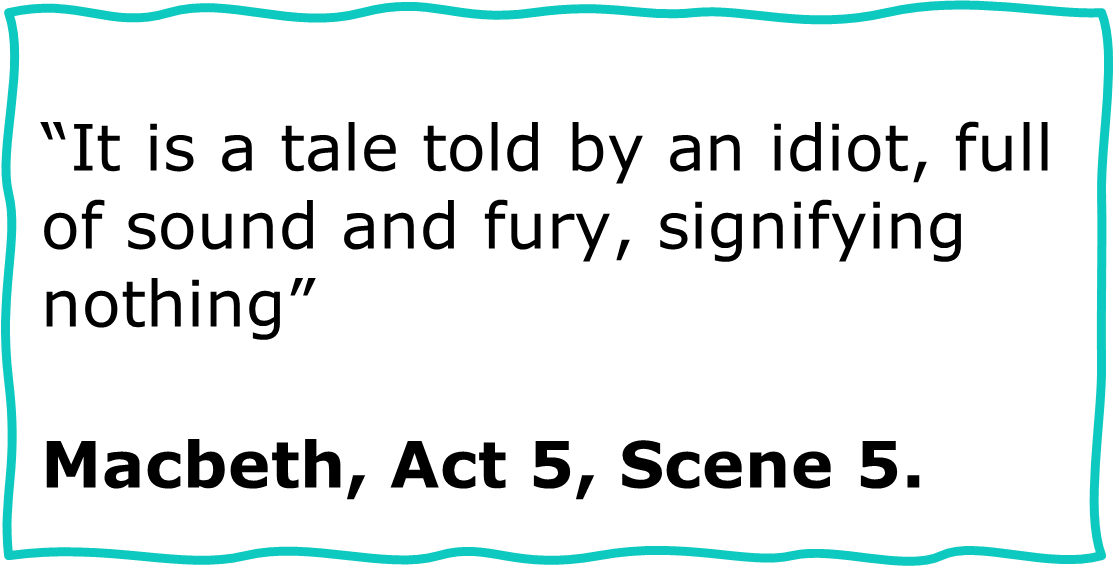 Capitulation. Retreat. De-escalation. However you frame it, Trump has blinked again. The US stock market, at least that part fuelled by Big Tech, has roared upwards again as the worst of the tariffs are on reprieve for 90 days.
Capitulation. Retreat. De-escalation. However you frame it, Trump has blinked again. The US stock market, at least that part fuelled by Big Tech, has roared upwards again as the worst of the tariffs are on reprieve for 90 days.
Between 10th April and 12th May the US Fear And Greed Index, tracking a few sentiment and technical indicators, swung violently from a reading of “Extreme Fear” to “Greed”, not quite “Extreme Greed”. Retail investors were prominent buyers in the US, a typical top of market phenomenon, as investments pass from strong hands, the institutions, to weaker hands.
What is most interesting is not the US recovery – that has simply confirmed that a dangerous investment mania persists. More interesting is the performance of other stock markets relative to the US since the peak of 19th February.
Even after the recent bounce, the S&P and NASDAQ remain down 3.7% and 4.7% respectively. In sharp contrast, India and Brazil are up more than 9%, though these two are undoubtedly idiosyncratic. More mainstream is Europe ex-UK and the German DAX, which have gained 6-7%. Hong Kong and UK mid-caps are next, up a little over 1%. Gold is up 9%, oil down 18%. US government and corporate bonds are down around 5%, emerging market local debt is up 3%. The Dollar Currency Index is down nearly 6%.
These numbers are not too extreme, but the clear message is that dollar assets are struggling. This is the new era. The days of hanging on to S&P 500 index trackers are over. The days when the rest of the world could be relied on to bail out US government profligacy, piling into “safe haven” Treasury bonds, are finished.
There is one benign view that Trump is reverting to his first term model, meaning tax cuts and anything else to bounce the stock market higher. Yet there is one huge threat to this narrative, with US bond yields moving up to levels which are making many observers nervous. This is not just a reaction against the issuance of even more US government bonds (e.g. to fund the tax cuts), but also because trust has broken down.
Trump’s propensity to shoot-himself-in-the foot and engage-brain-later has rattled global governments, businesses, and investors. Trump cannot be trusted. So why lend money to the US government-cum-Trump by purchasing their government bonds to enable the lights to stay on? Why buy Big US Tech when you know it is fundamentally disliked by the MAGA cult?
There is now much speculation on whether a recession lies ahead – US or global, mild or something worse. As I have said many times, guessing whether or not there might be a recession is a fool’s errand for investors. What we know is that investors are inclined to sell US assets; that money has to go somewhere; to date one obvious destination has been Germany, and another gold; a variety of other markets are good value-cum-cheap, such as UK, Japan, Brazil, though not yet breaking upwards in scale.
We can also observe the charts of these stock markets and other assets. Old hands will remember what a simple correction looks like, as shown in this blog, figure 6. It is a straightforward 3 wave move, ABC. Right now you can see a completed ABC corrections across many world stock markets. One of the clearest is in the S&P 500 since the February peak, a relatively short period. The ABC in Japan’s Nikkei 225 is much longer standing, from the peak last Summer. There is also a deep ABC correction from the 3rd March in the FTSE 100.
If these corrections are indeed complete, the most likely outcome in the near term is new all-time highs in each of these indices. The look of the S&P suggests it might not move much higher than the February high, especially as retail buying is likely to be countered by institutional selling from around the globe. In contrast, the Nikkei appears to have greater upside, and, on paper at least, is a relative safe haven. The FTSE 100 picture is not as clear, other than to say that if it holds above 8700 for a couple of days, this is encouraging.
If there appear to be immediate opportunities, it is not obvious that there is sufficient potential relative to the measurable risks, bearing in mind that the outlook across the Summer is shrouded in uncertainty.
The 90-day tariff clock is running. Tick. Tick. Tick.